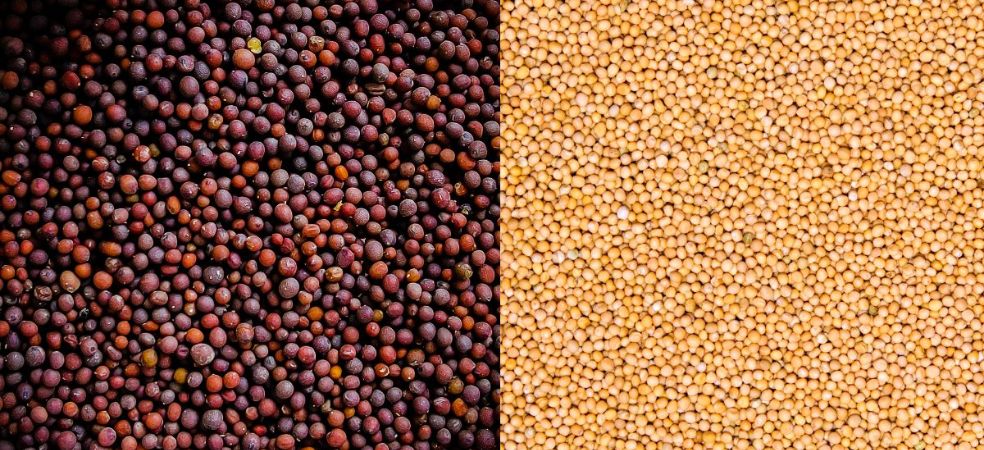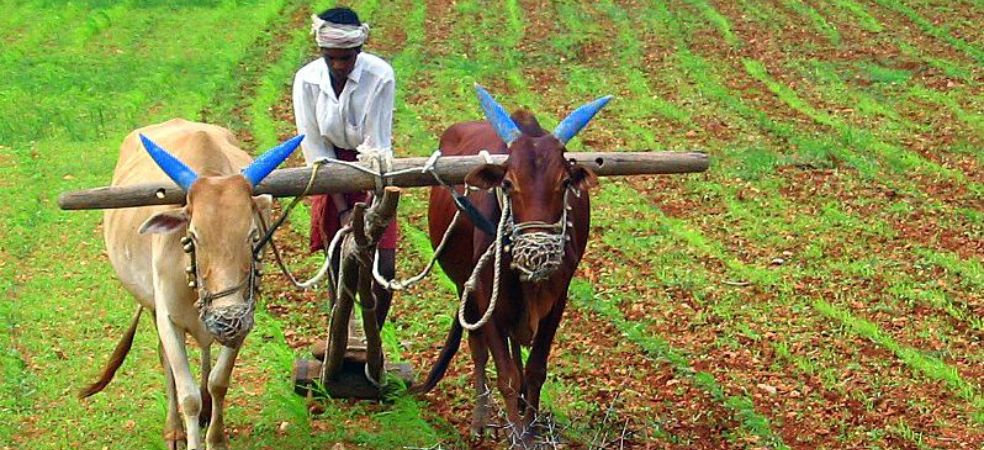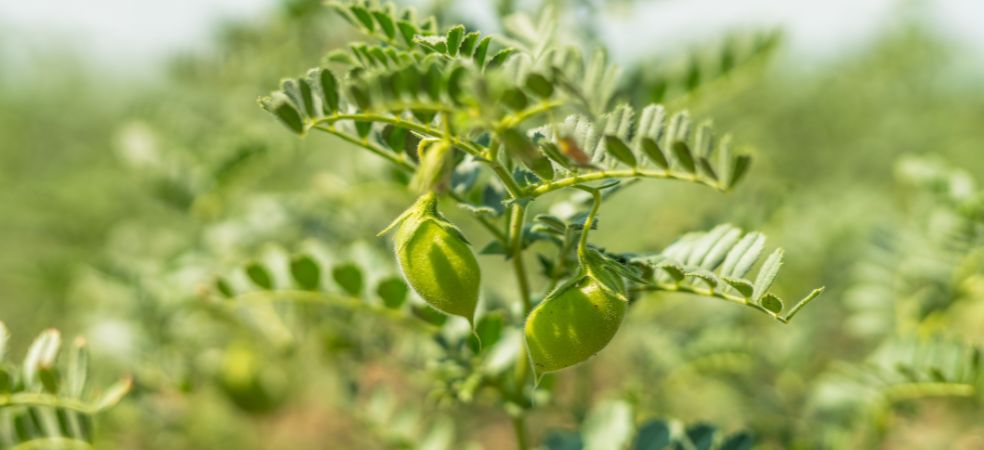When we think of oranges, Nagpur in Maharashtra often comes to mind. However, the Madhya Pradesh government has devised a plan to make the state a significant contributor to orange production. Under the ‘One District-One Product’ campaign, the government aims to boost orange cultivation in Madhya Pradesh by not only promoting its farming but also providing specialized training to farmers and establishing food processing units within the state.
It’s worth noting that Nagpur is renowned for large-scale organic orange farming. Recently, Madhya Pradesh’s Horticulture and Food Processing Minister, Narayan Singh Kushwaha, visited the Agro Vision National Agriculture Fair in Nagpur. He stated that Madhya Pradesh farmers are gradually shifting from traditional farming to cash crops like oranges. To ensure farmers receive fair prices for their crops, the government is prioritizing the establishment of food processing units and better marketing channels. Minister Kushwaha further mentioned that oranges are already grown on a considerable scale in Madhya Pradesh. To improve cultivation practices, farmers will be sent on a study tour to Nagpur to observe and learn about organic orange farming techniques.
Source: NDTV
ShareFor more updates on beneficial government schemes for agriculture and farmers, read Gramophone’s articles daily. Don’t forget to share this article with your friends using the share button below!










